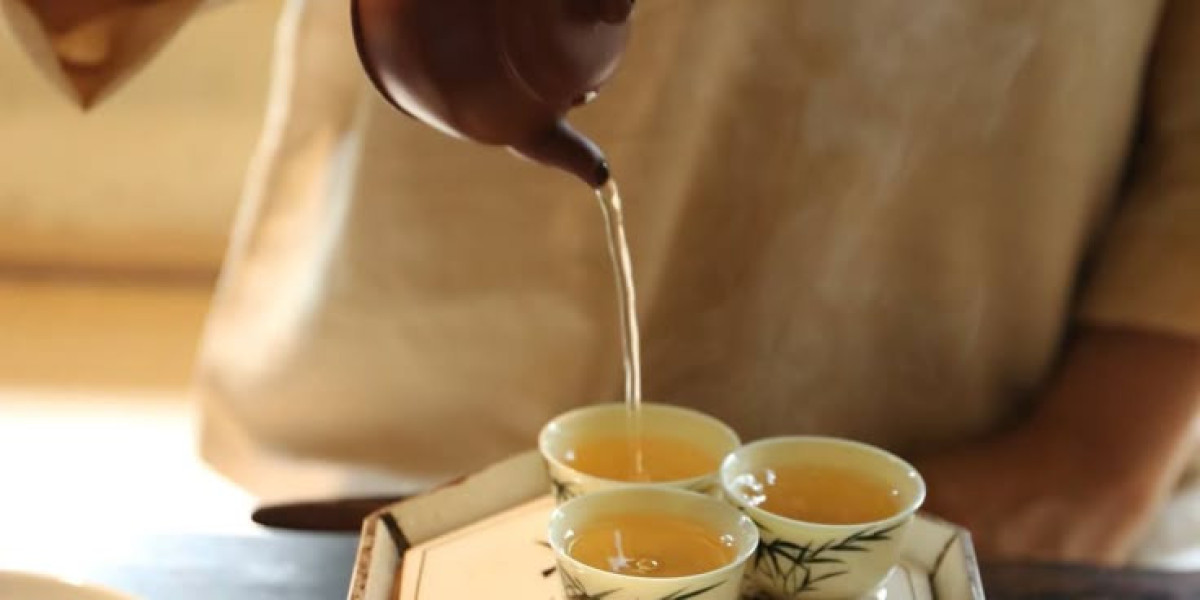For newcomers to traditional tea culture, the idea that a teapot needs to be "raised" or "seasoned" can sound confusing. After all, it’s just a vessel, right? But for tea connoisseurs, particularly those familiar with Chinese tea traditions, seasoning a teapot is both a ritual and a necessity—depending on the material.
So why do some teapots require a “nurturing” process, while others don’t?
Let’s explore this topic through the lens of materials, porosity, and cultural heritage.
1. The Unique Nature of Yixing Clay Teapots
Yixing teapots (also known as zisha teapots) are among the most well-known examples of teaware that need to be seasoned over time. Made from purple clay sourced from Jiangsu Province in China, these teapots are highly porous and unglazed. This porosity allows the clay to absorb the essence of the tea brewed within it, gradually enhancing both the teapot’s aroma and the quality of future brews.
Seasoning a Yixing teapot typically involves the following steps:
Boiling the pot to remove factory residue
Brewing several rounds of tea solely for the pot to “drink”
Consistently using the same tea type in the same pot
Over time, the teapot develops a rich patina and memory, making each session more nuanced.
2. Why Some Teapots Don’t Need Seasoning
In contrast, glazed porcelain, ceramic, and glass teapots are non-porous, meaning they don’t absorb tea oils. Their surfaces are sealed, smooth, and chemically stable, so there’s no interaction between the pot and the liquid. This makes them:
Easy to clean
Ideal for switching between different teas
Free from developing odors or colorations
These teapots are ready to use immediately after a simple wash, and they don’t require any special maintenance rituals beyond standard hygiene.
3. Practical Implications for Tea Drinkers
For single-tea devotion (e.g., only brewing Tieguanyin or Pu-erh), Yixing clay is ideal, but only if you’re consistent.
For variety seekers who enjoy multiple tea types, a non-porous pot is far more versatile and hygienic.
Glass pots are great for visual enjoyment—especially for blooming teas or green teas that unfurl gracefully.
4. Cultural and Emotional Aspects
Seasoning a clay teapot isn’t just a technical act—it’s a form of relationship building between you and the vessel. Some tea lovers treat their Yixing pots almost like pets, watching them “grow” through regular use. This process, called “yang hu” (养壶) in Chinese, literally means to “raise” or “nurture” a pot.
Conclusion:
The need to season a teapot is determined by its material. If your teapot is made of unglazed clay like Yixing zisha, it thrives on care and consistency. If it’s made of glazed porcelain or glass, just rinse and pour.
Know your pot, know your tea. That’s the way to a perfect brew.
? Discover more at teateapot.







